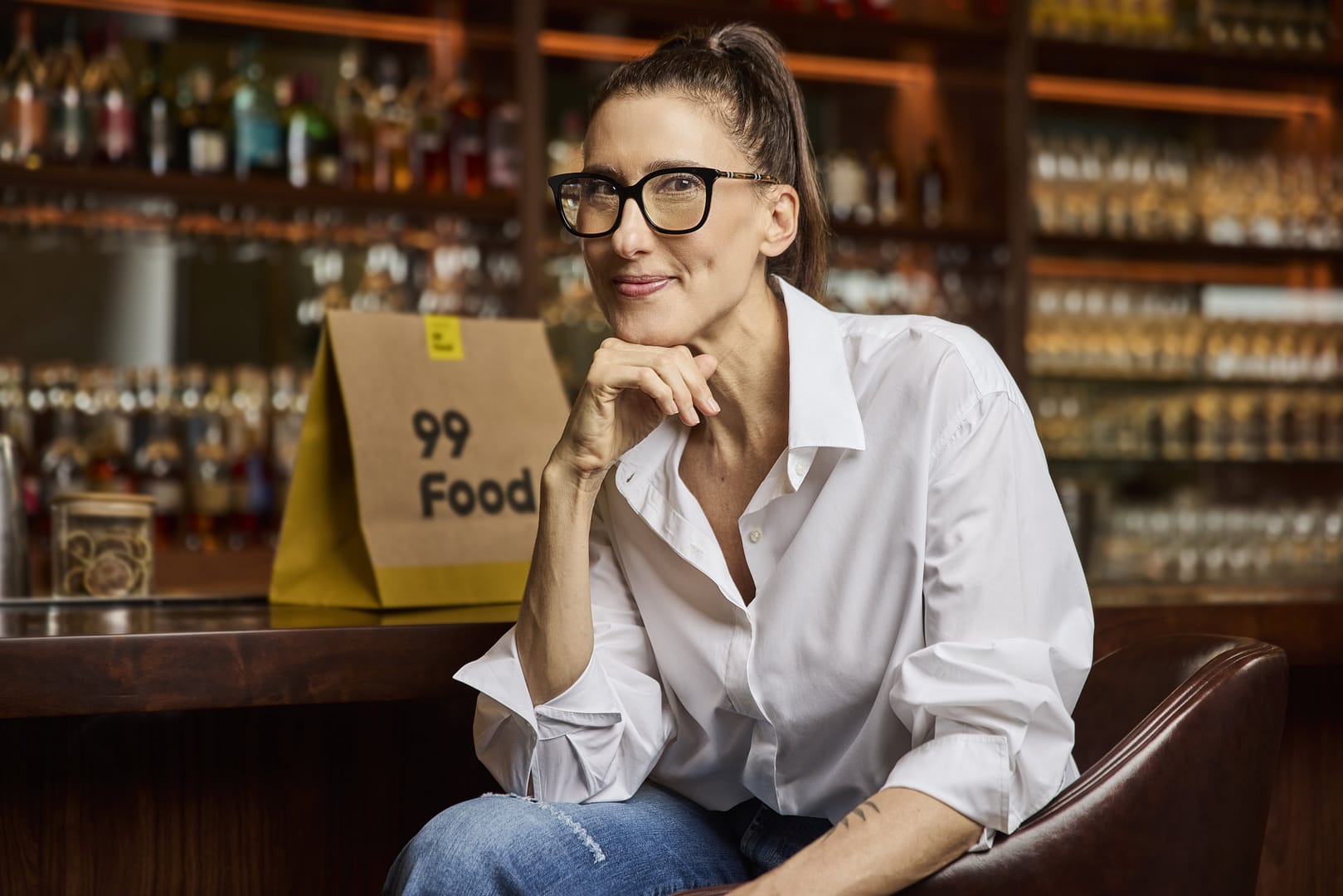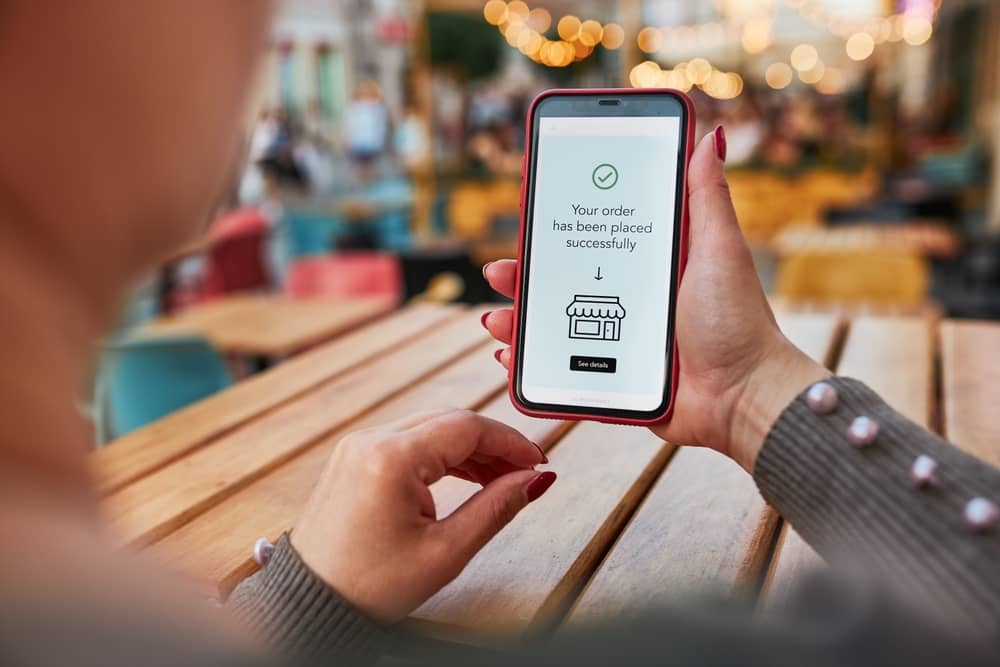The market ofB2B cross-border payments, also known ascross-border, is growing: in 2024, it moved US$ 31.6 trillion, and by 2032, the projection from FXC Intelligence research platform is that it will grow to US$ 50 trillion. This amount includes transactions from companies of different sectors and sizes, involving both goods and services.
With the new global remote work models, cross-country hiring has also involved different currencies in salary payments. This niche, offreelancers and contractors who receive payments from foreign companiesIt is one that drives international B2C payments, which shouldreach US$ 4.4 trillion by 2032(131% growth compared to 2024), according to the survey.
When the scenario involves salary and receipt of payments, it is certain that smooth and cost-effective experiences will be a necessity for professionals, who are also consumers.
People no longer want lengthy and expensive experiences; they want to move their money freely and without costs, but still backed by secure banking systems. A resource that enables this are thestablecoins, that enable thisboomof digital financial solutions," explains Teymour H. Farman-Farmaian, CEO and co-founder of theHiglobeFintech for Brazilian professionals who receive dollars from international companies.
This digitization of solutions has replaced well-known models, such as SWIFT and traditional banks. Therefore, models that bring speed and low cost, such as ACH transfers to accounts in the USA and blockchain-based infrastructures and stablecoins, are emerging strongly.
A stablecoin is a digital currency with value pegged to a common currency, such as the real or the dollar. It is backed by reserves equivalent in secure assets, such as cash or government bonds, on a 1:1 basis. Storing stablecoins in digital wallets allows for quick and secure sending and receiving of funds, including between countries. Fintechs like Higlobe use this technology to facilitate international payments.
We managed to offer a more alternative economic, safe, and fast Regarding the traditional system: our client has a cost of only 0.3% to convert their salary from dollars to reais. We serve the fastest-growing sectors in the cross-border payments market, with Brazilian professionals and SMEs being our main audience. We have high expectations until the end of the year, as we are growing organically at 20% per month," comments the fintech CEO, who also serves Argentina, Mexico, and the Philippines.
In addition to its financial importance in this ecosystem, Brazil also has a good professional reputation. Deel's report shows that in 2024, the hiring of Brazilians by foreign companies increased by 53%, making it the 5th country with the highest number of hires. The United States, Switzerland, and the United Kingdom lead among those seeking talents from Brazil.
"Remote work is a major enabler, and Brazilian labor is highly valued abroad for all the technical knowledge, language skills, soft skills, and other abilities. The growth of these cross-border payments, as well as global remote work, opens doors to this huge market, more disruptive in technology, professional opportunities, and economy through transactions," adds Teymour.











